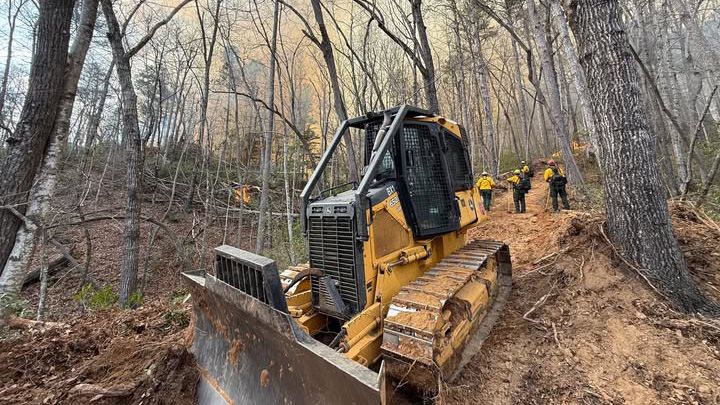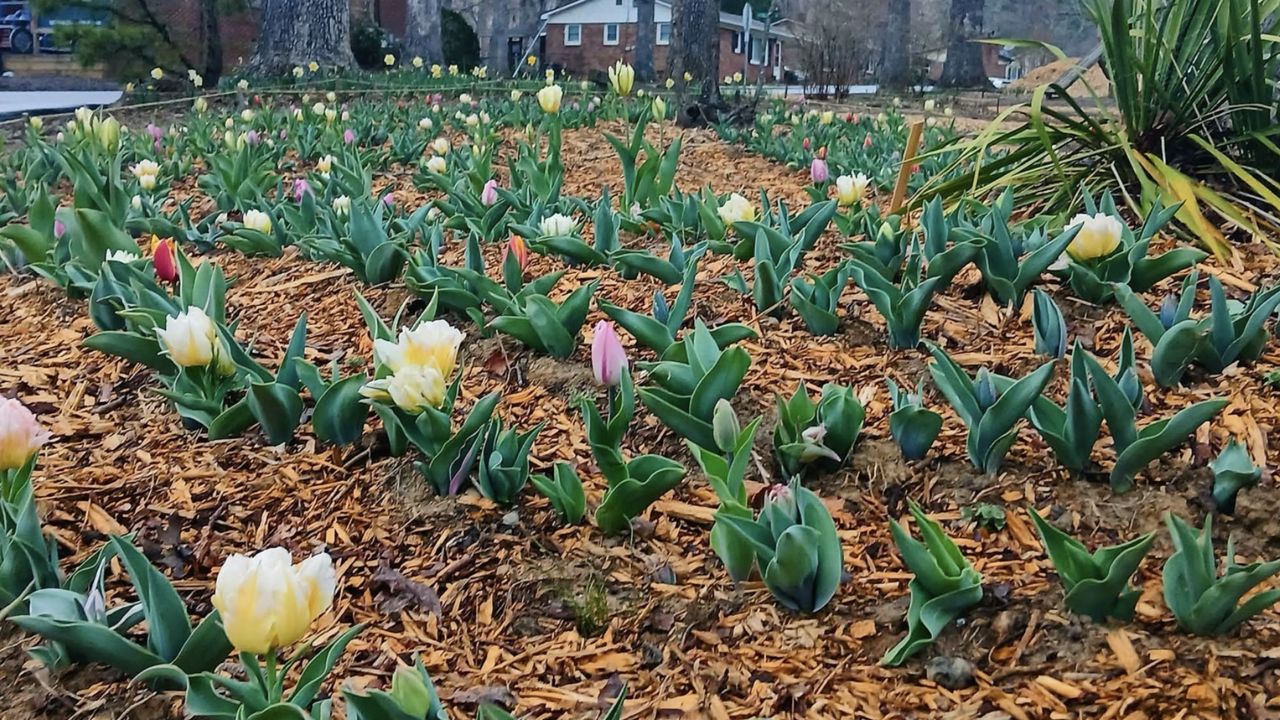RALEIGH, N.C. — It’s Severe Weather Preparedness Week, and The National Weather Service is sharing what goes into keeping communities safe and informed when a tornado touches down.
Severe Weather Preparedness Week runs until Saturday
The National Weather Service says it’s time to review and update emergency safety plans and assemble a storm readiness kit
The partnership between the NWS and local media plays a critical role in keeping communities safe
Warning Coordination Meteorologist Nick Petro has seen all types of weather come through central North Carolina in his decades with the National Weather Service. He knows well how the situation can change in the blink of an eye.
“With each scan of the radar you could go from an event … it has no rotation to the next scan moments later that shows rapid rotation,” Petro said.
He said tracking tornadoes in the Carolinas can be a challenge.
“Our goal is to give folks somewhere between 10-15 minutes of lead time. 'Carolina tornadoes' as I like to call them, these very weak brief EF-0 or EF-1 tornadoes, oftentimes don’t offer as much lead time as we would like,” Petro said.“Our goal is to give folks somewhere between 10-15 minutes of lead time. 'Carolina tornadoes' as I like to call them, these very weak brief EF-0 or EF-1 tornadoes, oftentimes don’t offer as much lead time as we would like,” Petro said.
He also wants the public to know where to go for trustworthy information during a weather emergency. When severe weather strikes, Petro said the partnership between the NWS and local media kicks into high gear.
His team tracks the storm and sends out information through online forecast discussions, the NOAA weather radio network and local media. They count on teams like Spectrum News 1 meteorologists to get real-time updates, like tornado warnings, out to the public as quickly as possible.
Spectrum News 1 meteorologist Nate Harrington said the relationship is all about sharing and communicating.
“For us, we have the unique advantage of having boots on the ground. Our reporters, our viewers, to tell us what it’s like where they are, to verify warnings that are ongoing,” Harrington said. “The National Weather Service, during a severe thunderstorm or tornado warning, they’re telling us what the next storm is looking like [and] where their most important area of interest is at that exact moment.”
More information about Severe Weather Preparedness Week is available here.





